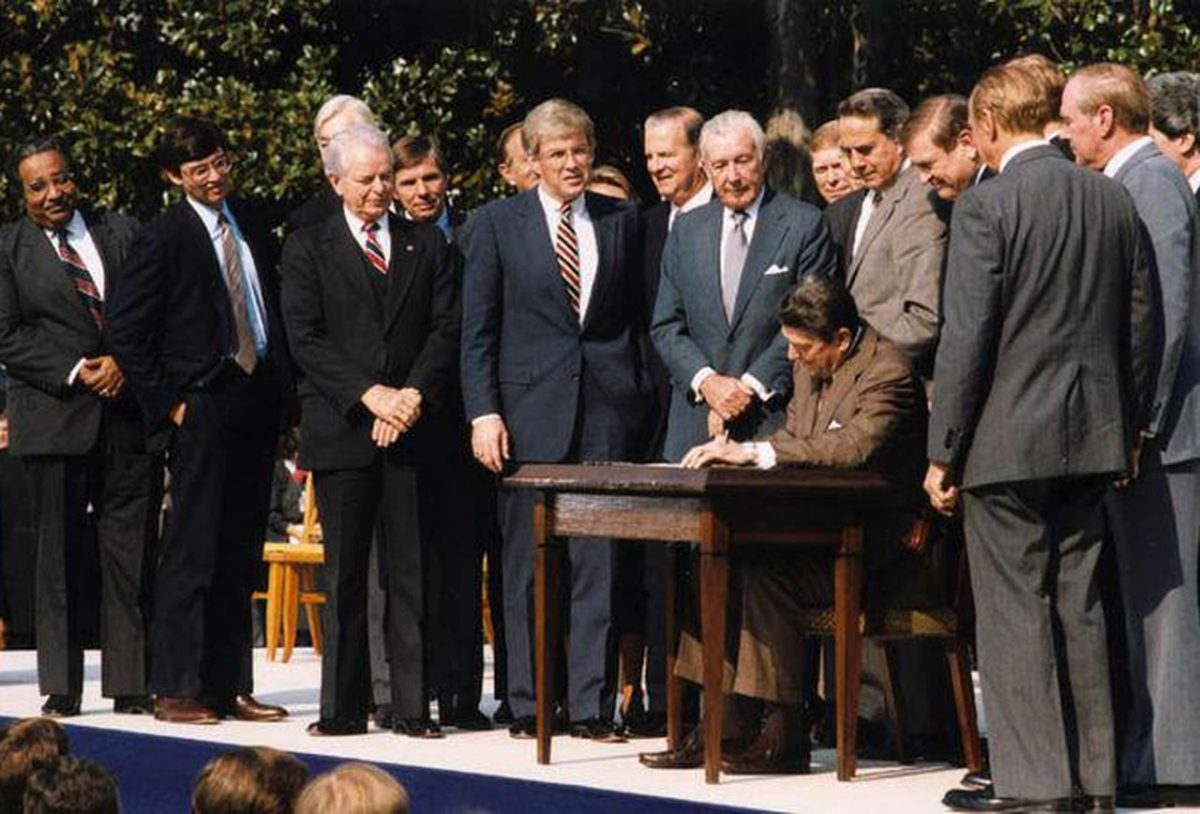
1. This is the first significant reform of the U.S. tax code since 1986.
Reagan signed major legislation for corporations and individuals in 1986. Since then, serious tax reform has eluded Republicans, though they repeatedly called for it as the tax code became longer and more arcane.
2. Changes have been made to both individual and corporate tax rates.
Individual provisions in the new legislation technically expire by the end of 2025, though some people expect that a future Congress won’t actually let them lapse. Most of the corporate provisions are permanent.

3. Tax reform will increase deficits by $1.46 trillion over the next decade.
That’s the net number that’s been crunched by the nonpartisan Joint Committee on Taxation. The future law’s contribution to the debt will likely be even higher if individual tax cuts are re-upped in eight years.
4. There are still seven tax brackets for individuals, but the rates have changed.
Americans will continue to be placed in one of seven tax brackets based on their income. But the rates for some of these brackets have been lowered. The new rates are: 10%, 12%, 22%, 24%, 32%, 35% and 37%. Find out where you fit here.

